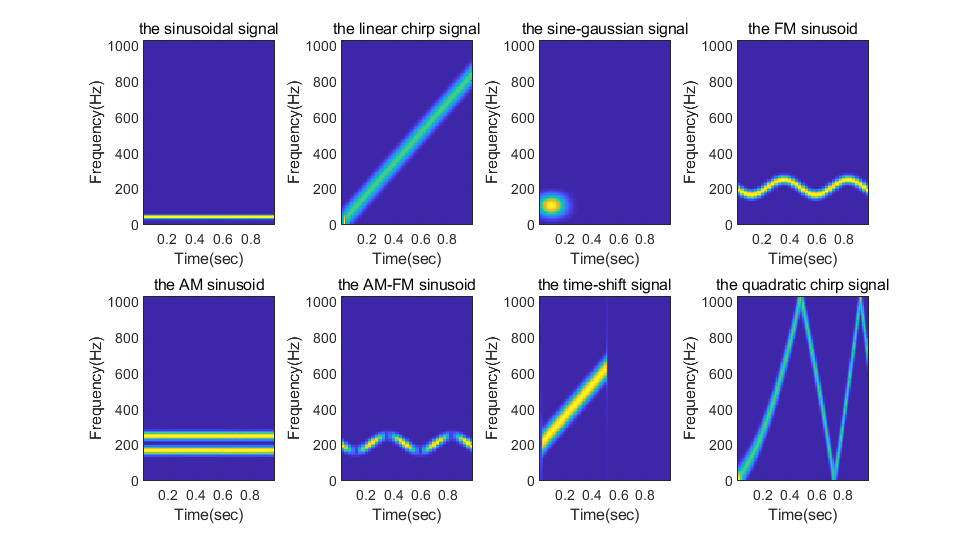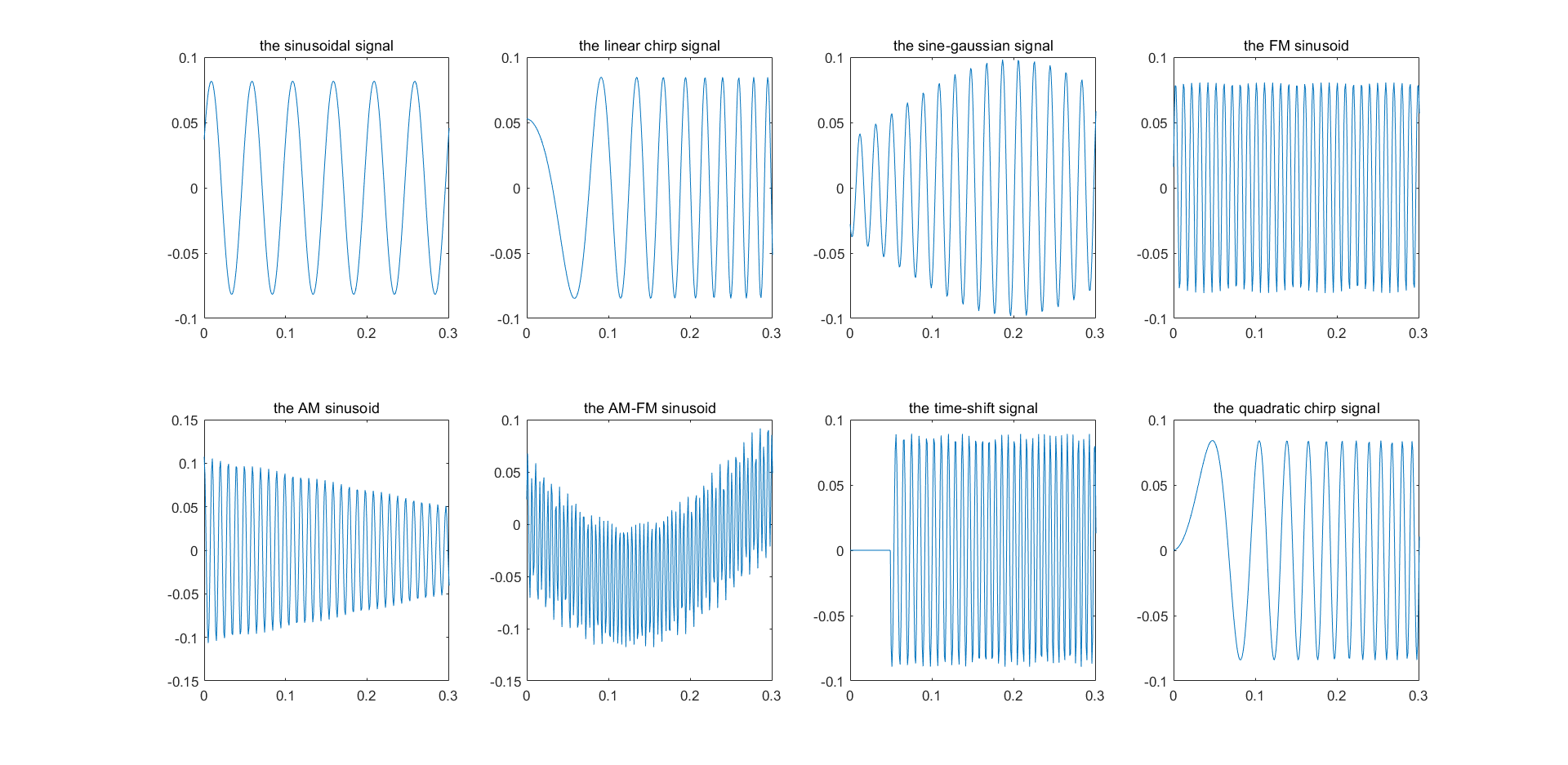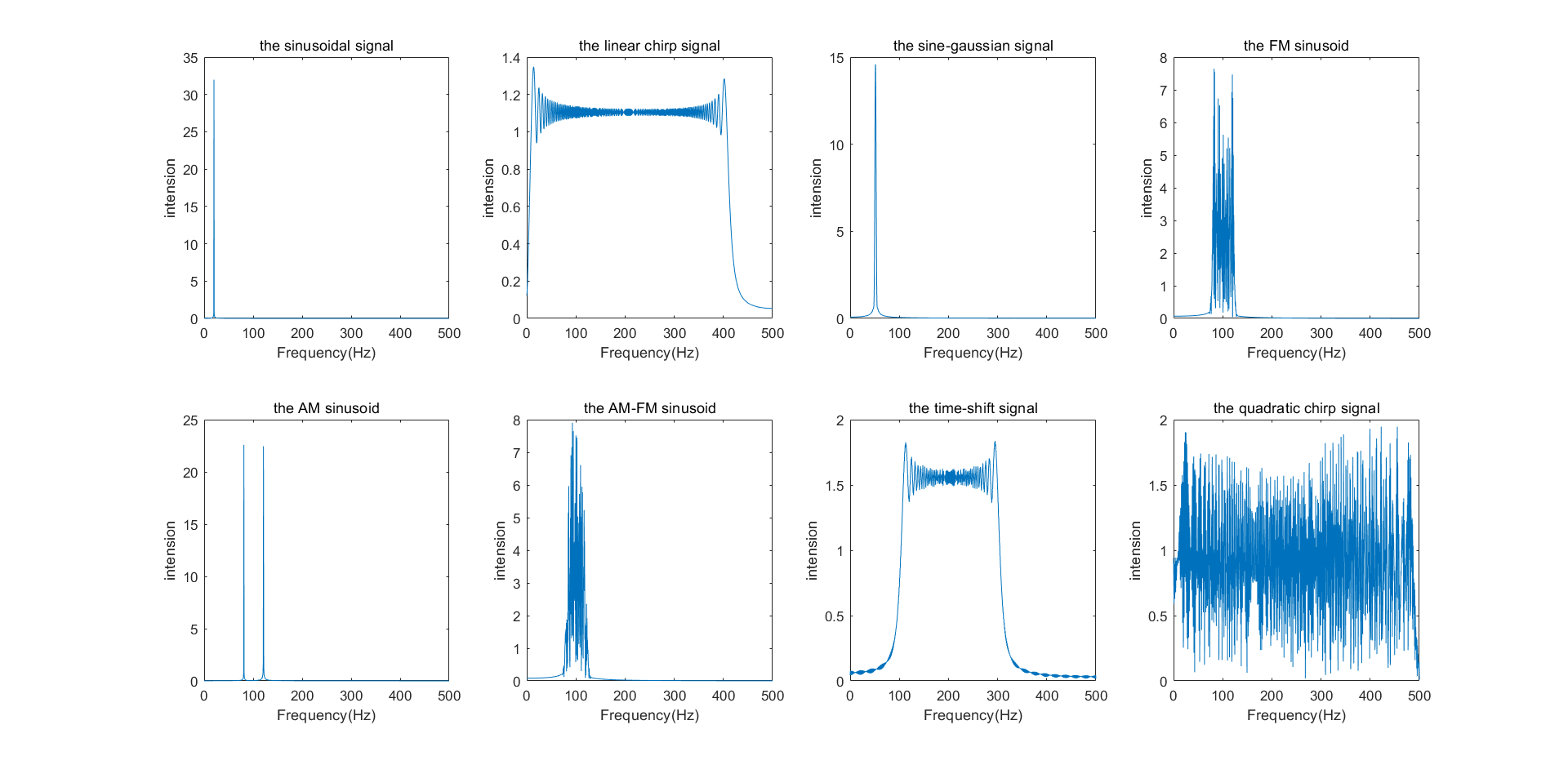The repository for a Collaboration for the GWSC in 2022.
郭潇(国台)、张云龙(国台)、赵悦同(国台)、程功(理论所)、牟博(清华)、郭文渊(华南理工)、孙孟飞(重大)、孙厚义(华科)、刘云龙(华南理工)、朱经亚(河南大学)、郭盼(国科大)、龚禔(河南大学)、宋仑(华科)、王博锐(重大)、罗智(重大)、李亚玲(南昌大学)、刘雨晨(南昌大学)、张明汇(重大)、何显龙(武大)、袁泳(武大)
See also Ti_Gong's topic1 and Yunlong_Liu's topic1
Time-frequency relation
 from Wenyuan Guo (ralspi)
from Wenyuan Guo (ralspi)
With the filter designed by us in ThreeSignalsFiltering.m, we can filter signals s into three signals:
 where red line represents the filtered signals, blue line represents the orginal signal.
where red line represents the filtered signals, blue line represents the orginal signal.
We can see the folder GWSIG for previous results
With the code testdetframefpfc_psi.m, we can plot APF as

Accoring to Soumya D. Mohanty's code, using code LISA_animation.m, combining its APF, we can plot a GIF file to show the orbit and APF of LISA
 from Yunlong Liu.
from Yunlong Liu.
An example of APF of LISA as the function of position (phase Phi) of LISA for two TDI detector tensor I and II under a centrain source location (theta, phi) with code testdetframefpfc_psi_LISA.m
 For a sine h+ and hx signal, its response is shown as (without Doppler effect)
For a sine h+ and hx signal, its response is shown as (without Doppler effect)

We can see the folder NOISE
For sine signal, for 1000 realizations,
 from MU Bo.
from MU Bo.
Also see Ti_Gong's topic4 and Mu Bo's lab4 set4
With test_crcbpso.m
fitness function is Sigma_i((x_i-35.5)^2-10cos(2pi*x)+10)
 The best location is (35.0025, 35.0025)
The best location is (35.0025, 35.0025)
Use test_crcbqcpso.m to find signal,
 Estimated parameters: a1=9.6224; a2=4.2643; a3=2.048
Estimated parameters: a1=9.6224; a2=4.2643; a3=2.048
Modified the codes from He Wang's PSO python demo, for data TrainingData.mat and analysisData.mat, using code demo.ipynb we can find the signal, with parameters a1=51.3605915101784; a2=28.832078856931652; a3=10.308191421692223; SNR=9.056993402304737. And the signal is shown as
 For data TrainingDataTF.mat and AnalysisDataTF.mat, using code demo-TF.ipynb we can find the signal, with parameters a1=51.73239824255724; a2=28.361217432284324; a3=10.454001420382449; SNR=15.087237883981299. And the signal is shown as
For data TrainingDataTF.mat and AnalysisDataTF.mat, using code demo-TF.ipynb we can find the signal, with parameters a1=51.73239824255724; a2=28.361217432284324; a3=10.454001420382449; SNR=15.087237883981299. And the signal is shown as

(key: a1=50;a2=30;a3=10 SNR=8.4 or 15(TF) from Xiaobo)
Some lecture notes can see this link. Codes can refer to Soumya D. Mohanty's GWSC, and DATASCIENCE_COURSE. Some codes and materials can also see GWSC_NAOC in last year.
The repositories for other groups are GWSC22-LNNU-ET-AL and GravitionalWaves.





